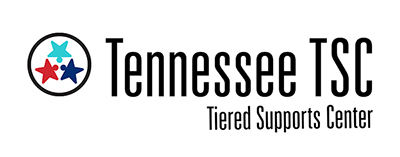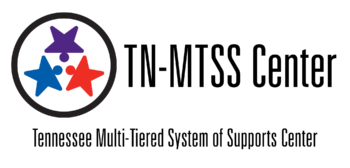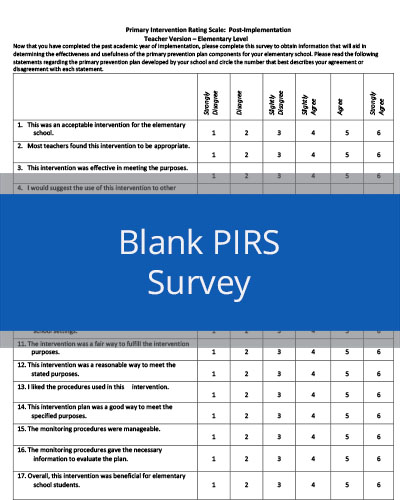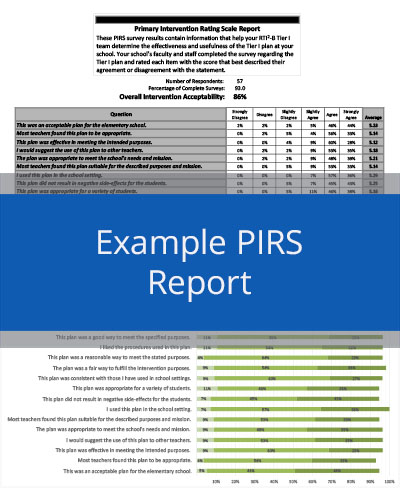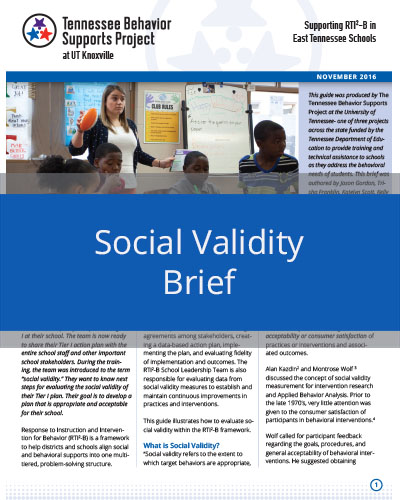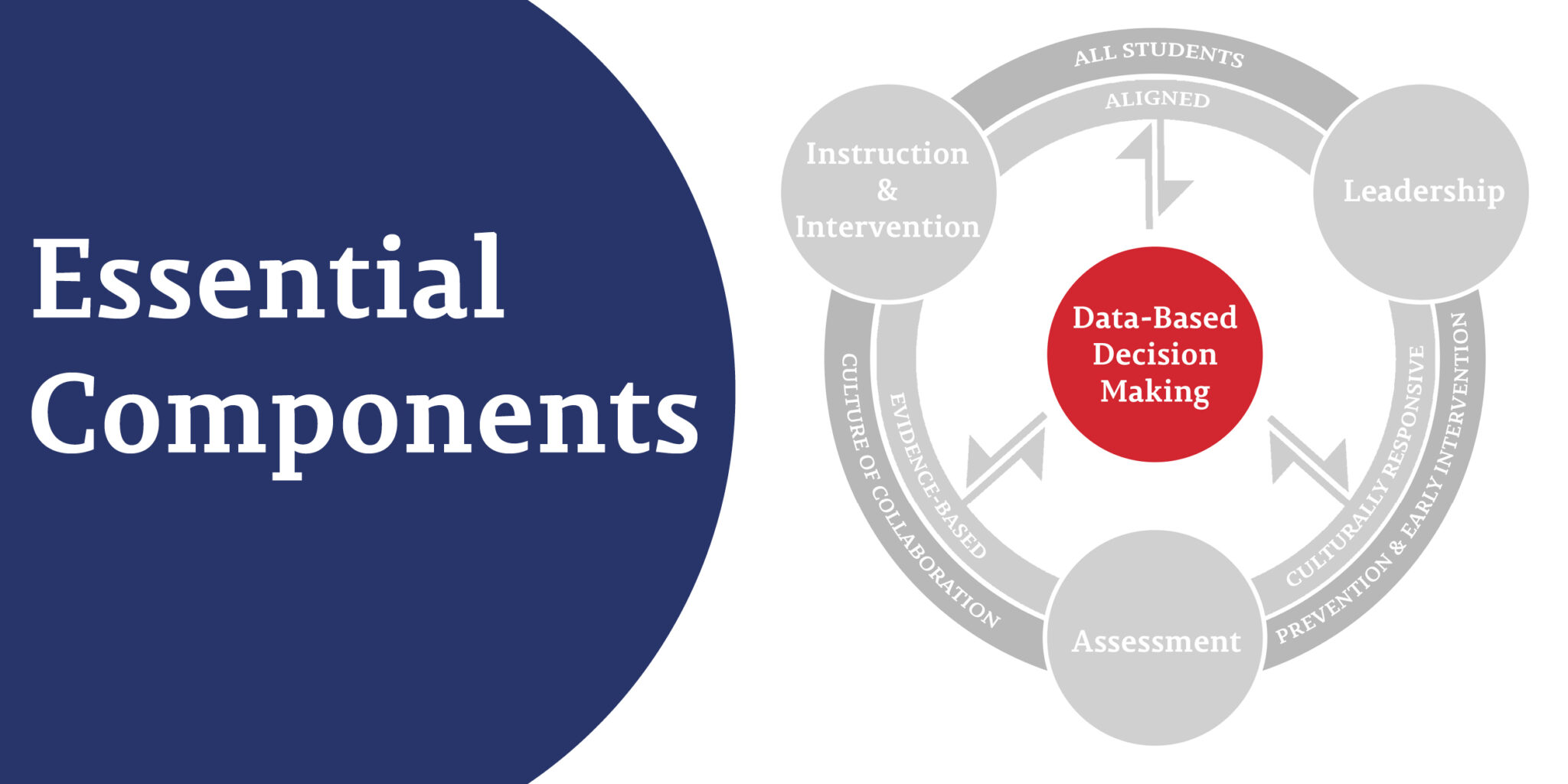
Often when we think about data we think about numbers, spreadsheets, and graphs. It can sometimes be hard to get excited about numbers, spreadsheets, and graphs. But when we connect them to student outcomes and a tool to improve student trajectories, then data becomes exciting, meaningful, and important.
For school and district teams, data-based decision-making (DBDM) is the ongoing process of collecting and analyzing multiple data sources to improve outcomes. School teams use data to make decisions regarding suitable instruction and interventions for students at risk. Some desired outcomes of using DBDM may be to decrease disproportionate suspension and expulsion practices, increase the percentage of students that spend at least 80% or more time in regular education classrooms, and to decrease any disproportionate racial representation of students receiving special education services. For students, desired outcomes could include a reduction in restraint and isolation events in the school setting, improvement of English and math proficiency, and the improvement of attendance and graduation rates. Considering these potentially improved outcomes is what makes the use of data exciting.
DBDM means that school teams use a problem-solving process that includes the use of data to identify gaps between expected student outcomes and current student outcomes. These problem-solving steps are to: (1) define the problem and the goals and objectives to be attained, (2) analyze reasons why the goals are not being attained, (3) implement research-validated strategies to attain the goals, and (4) evaluate the effectiveness of the plan. By using the problem-solving process when reviewing school and student-level data, school teams can work purposefully and efficiently to help students improve performance. Any district or school level committee or team seeking solutions can use this process to improve efficiency in their work in improving outcomes for students.

For schools to make decisions based on data, it is most effective for their teams to meet regularly and be comprised of members with collective expertise in tiered supports for both academics and behavior. Teams should have access to current user-friendly data that can be used to analyze and identify student gaps as well as student progress and improvement. Districts can also support DBDM by providing schools in their district with these data resources. District Leadership Teams should review district data and use the problem-solving process to identify barriers to the implementation of RTI2-A + RTI2-B. This allows them to prioritize goals and provide support to schools in an effective manner.
Data that K-8 schools might use for DBDM could include data from universal academic screeners or behavior screeners, attendance reports, and formative and summative assessments. High schools typically use Early Warning Systems as a universal screener in addition to universal behavior screeners. Most Early Warning Systems identify students that are at risk in the areas of attendance, office discipline referrals, grades, and test scores. If students are found to be at risk, then school teams use diagnostic assessments to identify why the students are not meeting the identified goals and select interventions that are best suited to the specific areas of need for each student.
By making decisions based on data, teams can often identify students that are missed in a traditional referral process. Additionally, schools can identify students that are at risk earlier than they would in a traditional referral process, thereby starting students earlier and at a younger age with interventions that can assist in narrowing the educational gap between current levels and expected levels of performance. This makes DBDM a valuable process for districts and schools. To the parent of one of the “numbers” a school reviews when using data to make decisions, a team’s decisions can make all the difference.
